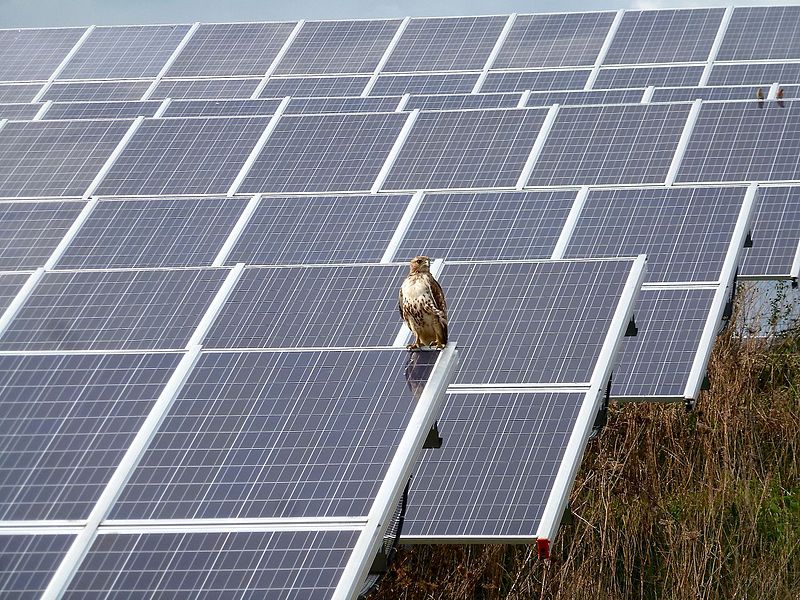Consumers Energy, a utility serving 6.8 million residential customers in Michigan, announced it entered agreements to add two 150 MW solar projects to its portfolio, enough to power 150,000 homes.
The projects are expected to reach commercial operations by the end of 2024. When complete, Consumers would purchase power from Confluence Solar project in Genesee County and Heartwood Solar project in Hillsdale County. Both agreements are under review by the Michigan Public Service Commission. Ranger Power will own and operate the two sites.
The $200 million Confluence Solar project is expected to create up to 250 jobs and generate over $25 million in new property tax revenues over the lifetime of the project. The Heartwood project is valued at $150 million and expected to bring a similar amount of jobs, and about $19 million in tax revenues. Local townships, schools, airports, libraries, and transportation authorities are expected to benefit from the added revenues.
“Providing 300 MW of clean energy for our customers is a commitment to our planet, the people of Michigan and contributes to the prosperity of communities where solar projects are sited,” said Timothy Sparks, Consumers Energy’s vice president of electric grid integration.
Today, Consumers Energy purchases solar from 18 sites located across the state. It has set high solar procurement goals, targeting 8 GW of utility scale solar power by 2040, including 1.1 GW by 2024.
If the utility achieves 2040 goal, it will power roughly 60% of its operations with carbon-free electricity. This would equate to the removal of 63 million tons of carbon emissions, equivalent to removing 12.4 million gas-burning passenger vehicles from the road for one year.
Seeking land for development
Currently, Consumers Energy is gathering information and requesting submissions for ideal sites for solar projects.
These sites include farm fields, brownfield sites, and publicly owned properties ranging from 500 to 900 acres, often comprised of multiple neighboring landowners, said the utility. A good solar site is characterized as flat, open, and treeless with direct access to sun and proximity to existing transmission infrastructure.
Participating landowners may sell the property or create an ongoing revenue source by entering into long-term easement agreements.
Consumers Energy targets utility scale projects around 100 MW in capacity, and said its projects will likely require between five to ten acres per megawatt of electricity.
“We need support throughout Michigan, especially in rural and agricultural areas, and we want to work with landowners and local leaders interested in siting solar power plants to deliver environmental and economic benefits for their communities,” said Dennis Dobbs, vice president of Enterprise Project Management and Environmental Services.
This content is protected by copyright and may not be reused. If you want to cooperate with us and would like to reuse some of our content, please contact: editors@pv-magazine.com.









By submitting this form you agree to pv magazine using your data for the purposes of publishing your comment.
Your personal data will only be disclosed or otherwise transmitted to third parties for the purposes of spam filtering or if this is necessary for technical maintenance of the website. Any other transfer to third parties will not take place unless this is justified on the basis of applicable data protection regulations or if pv magazine is legally obliged to do so.
You may revoke this consent at any time with effect for the future, in which case your personal data will be deleted immediately. Otherwise, your data will be deleted if pv magazine has processed your request or the purpose of data storage is fulfilled.
Further information on data privacy can be found in our Data Protection Policy.